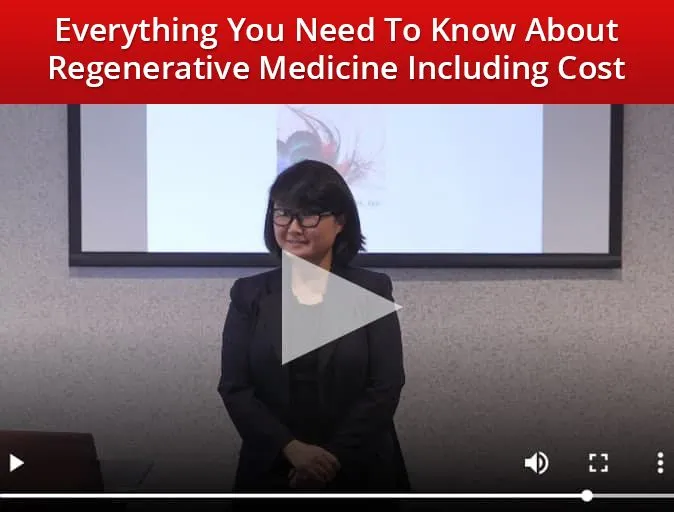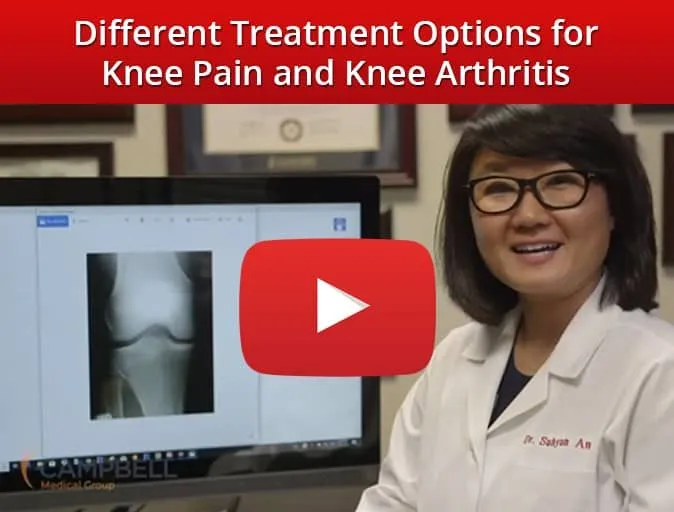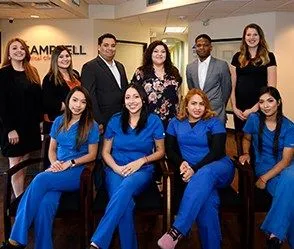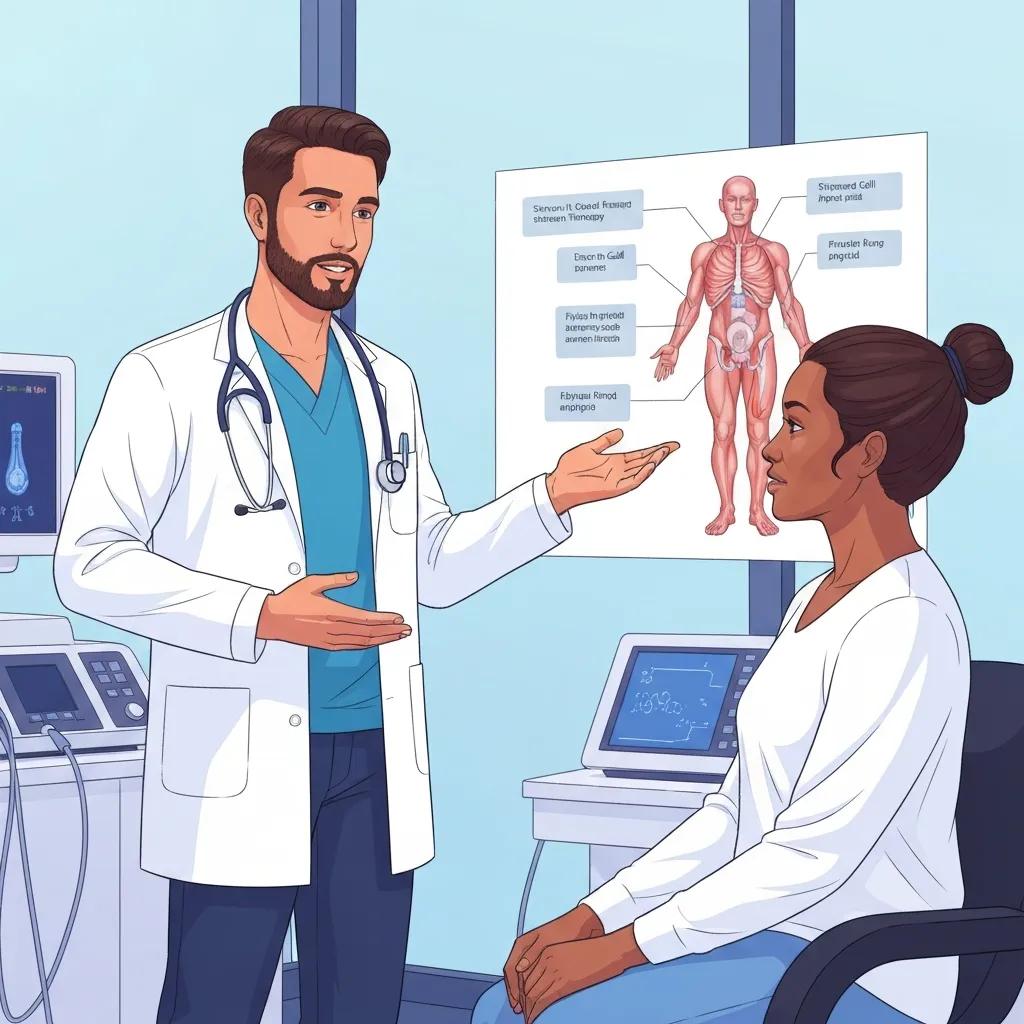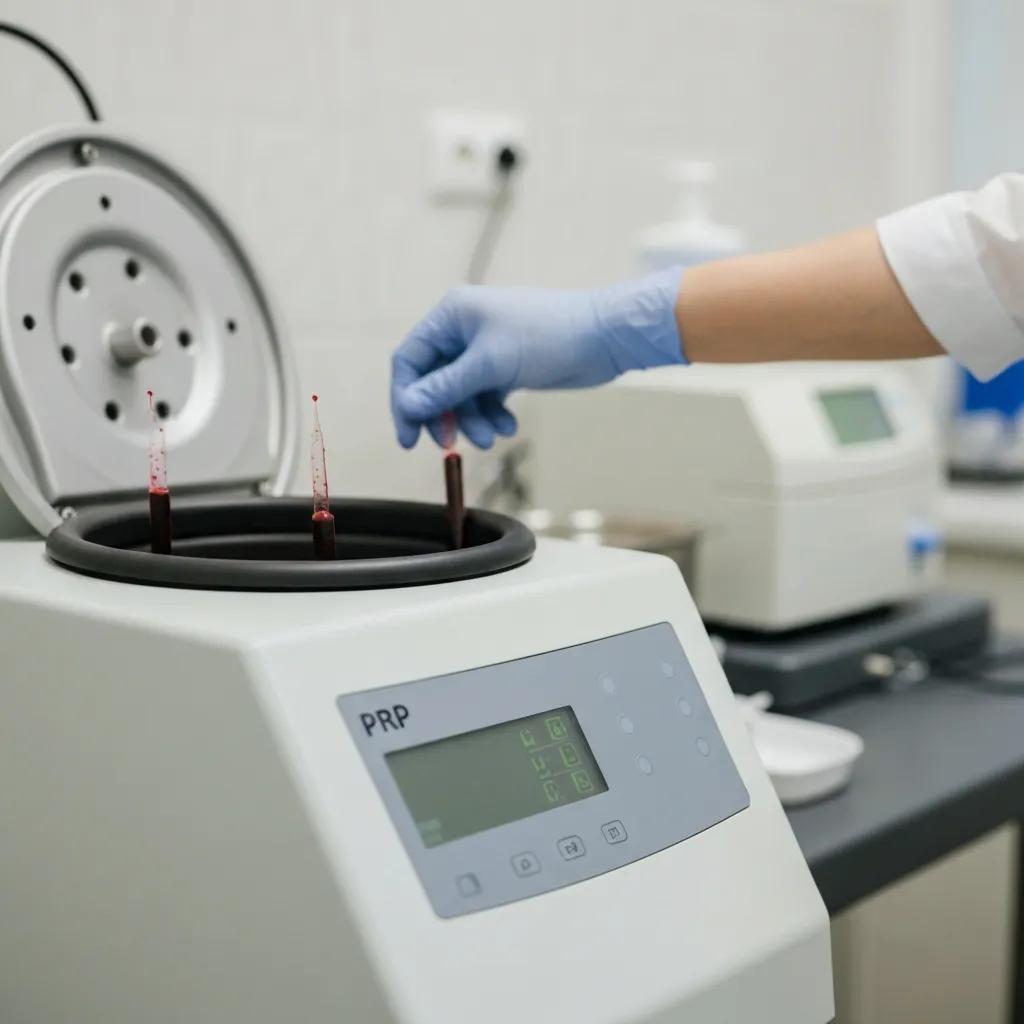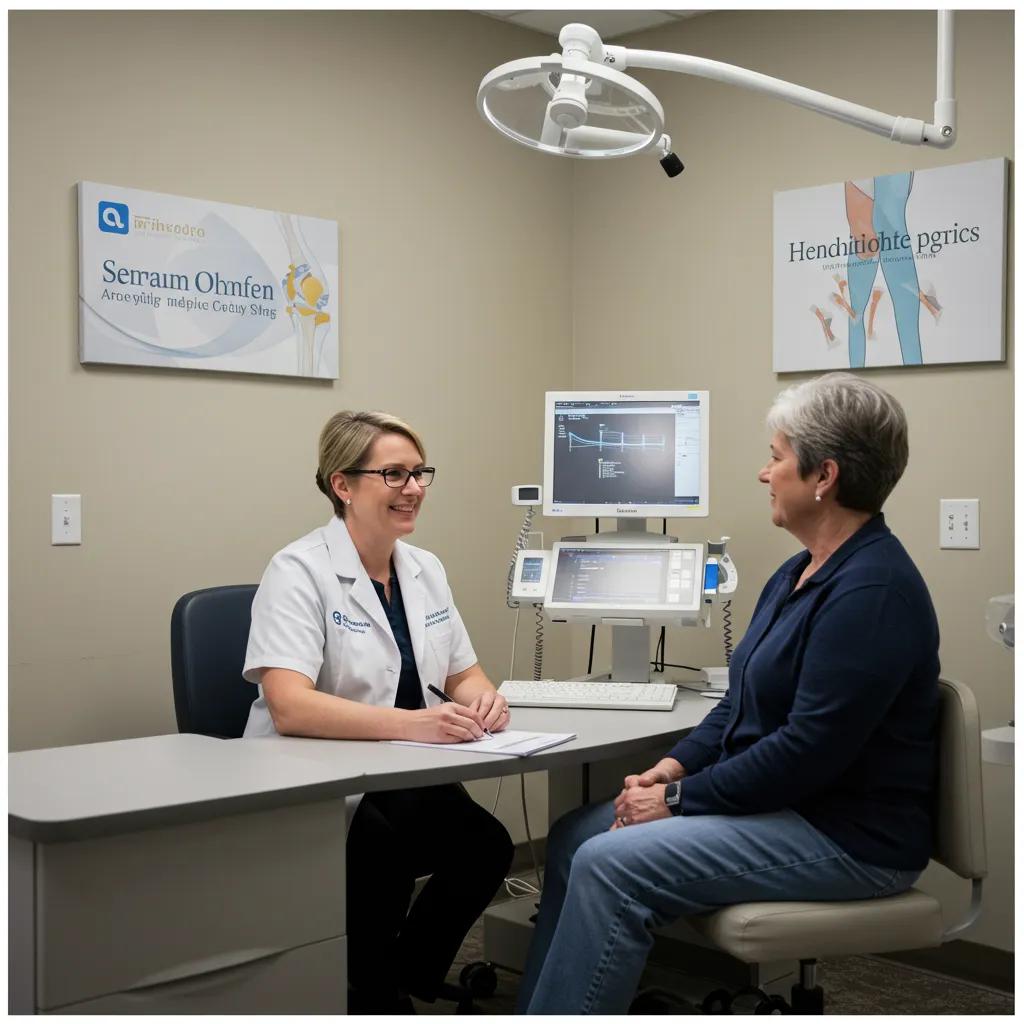
Discover Advanced Regenerative Orthopaedic Therapies in Houston, Tx
Persistent joint pain can disrupt your daily life, restrict your movement, and diminish your overall well-being. In Houston, Tx, advanced regenerative orthopaedic therapies offer a groundbreaking approach to healing and restoring function without invasive surgery. Choosing an orthopaedic clinic that specializes in these innovative treatments ensures you receive personalized attention, cutting-edge techniques, and a clear roadmap from diagnosis through your recovery journey. This guide explores the common reasons for joint deterioration, discusses non-surgical regenerative treatment options like Platelet-Rich Plasma (PRP), Stem Cell Therapy, and Pulsed Electromagnetic Field (PEMF) therapy, provides insights on selecting the right clinic and specialist, outlines the patient experience, reviews financial aspects, and highlights innovations that improve outcomes. By understanding each phase—from arthritis progression to rehabilitation—you’ll feel empowered to pursue the best orthopaedic care available in Houston, Tx.
What Are Common Causes of Joint Pain and Degeneration in Houston, TX?
When exploring regenerative orthopaedic therapies, it’s essential to understand the various factors that can influence your treatment journey. This list outlines critical aspects to consider, ensuring you make informed decisions about your care.
- Specialist Credentials – Look for board-certified orthopaedic specialists with training in regenerative therapies to ensure expert care.
- Clinic Technology – Evaluate the availability of advanced imaging and processing equipment, which can enhance treatment precision and outcomes.
- Patient Testimonials – Read reviews and feedback from previous patients to gauge the quality of care and success rates at the clinic.
- Personalized Treatment Plans – Ensure the clinic offers tailored approaches based on your specific condition and lifestyle goals for optimal results.
- Financial Transparency – Inquire about costs, payment options, and insurance coverage to avoid unexpected expenses during your treatment.
- Post-Therapy Support – Assess the availability of follow-up care and rehabilitation services to aid in your recovery and long-term health.
What Commonly Causes Joint Pain Leading to Degeneration in Houston, Tx?
Joint pain severe enough to impact daily life often arises from cumulative wear and tear, injury, or chronic inflammation that compromises cartilage and joint function. Identifying these root causes is crucial for establishing an effective treatment plan and determining the optimal regenerative approach.
How Does Arthritis Impact Joint Health and Mobility?
Arthritis is a progressive condition marked by cartilage breakdown, inflammation, and bone-on-bone friction, all of which contribute to pain and stiffness. Osteoarthritis gradually wears down joint surfaces, reducing their ability to absorb shock and leading to the formation of bone spurs that limit your range of motion. Inflammatory types of arthritis, such as rheumatoid arthritis, target the joint linings, causing swelling and deformity. Understanding how arthritis progresses highlights the potential for regenerative therapies to intervene, reduce inflammation, and promote tissue repair before irreversible damage occurs.
What Diagnostic Methods Are Used to Pinpoint Joint Conditions?
Accurate diagnosis involves a combination of physical examinations, advanced imaging studies, and laboratory tests to precisely identify cartilage damage, bone alignment issues, and markers of inflammation.
- X-Ray Imaging offers clear visualizations of bone structure and the narrowing of joint spaces.
- Magnetic Resonance Imaging (MRI) reveals damage to soft tissues, cartilage defects, and early signs of inflammation.
- Blood Tests help detect rheumatoid factors and systemic inflammatory responses.
Collectively, these methods provide a comprehensive picture that guides the development of personalized regenerative treatment plans by clarifying the disease stage and the integrity of the joint.
Regenerative therapies are typically not covered by health insurances.
Regenerative therapies are increasingly recommended as primary interventions to alleviate pain, enhance mobility, and promote natural healing. These advanced interventions aim to address the root cause of pain and degeneration, offering a powerful alternative to traditional surgery.
- Platelet-Rich Plasma (PRP) Injections to stimulate healing and reduce inflammation.
- Stem Cell Therapy to promote tissue regeneration and repair damaged cartilage.
- Pulsed Electromagnetic Field (PEMF) Therapy to reduce pain, inflammation, and enhance cellular repair.
- Physical Therapy to strengthen supporting muscles, improve joint stability, and regain range of motion.
- Lifestyle Modifications such as achieving a healthy weight, engaging in low-impact exercises, and using assistive devices.
Patients typically explore these non-invasive treatments to optimize joint health and function, often delaying or eliminating the need for more invasive procedures.
What Advanced Regenerative Therapies Are Available in Houston, Tx?
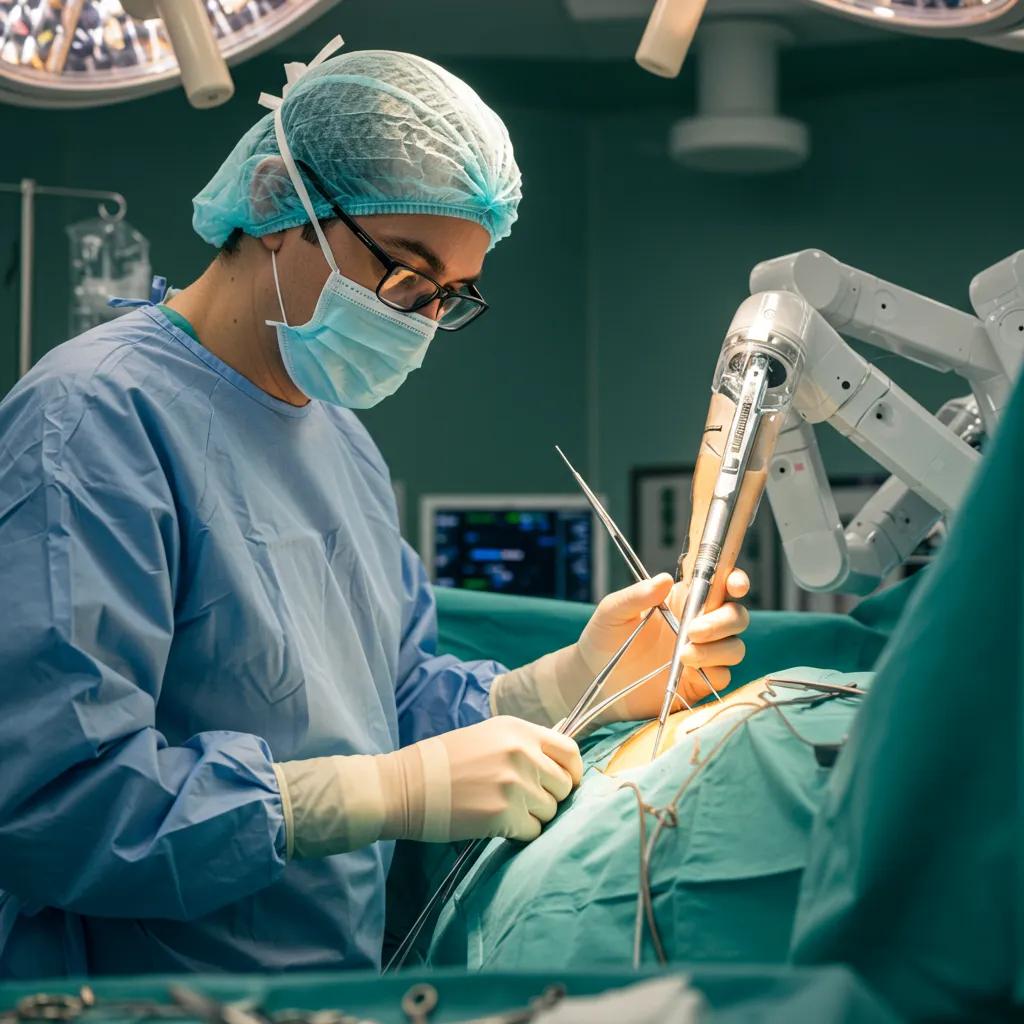
Regenerative orthopaedic procedures in Houston, Tx offer a range of options tailored to specific joints, individual anatomy, and personal lifestyle aspirations. These modern therapies are focused on stimulating the body’s natural healing processes, effectively managing pain, and accelerating the recovery process without the need for surgery.
| Therapy | Description | Key Benefits |
|---|---|---|
| Platelet-Rich Plasma (PRP) | Concentrated platelets from your own blood injected into the injured area. | Accelerates healing, reduces inflammation, stimulates tissue repair. |
| Stem Cell Therapy | Utilizes mesenchymal stem cells (MSCs) to promote tissue regeneration. | Repairs damaged cartilage, reduces pain, restores function. |
| Pulsed Electromagnetic Field (PEMF) | Non-invasive therapy using electromagnetic fields to stimulate cellular repair. | Reduces pain and inflammation, improves circulation, enhances bone and tissue healing. |
How Does Platelet-Rich Plasma (PRP) Therapy Work?
PRP therapy involves drawing a small sample of your blood, processing it to concentrate the platelets, and then injecting this platelet-rich plasma into the injured joint or tissue. Platelets contain numerous growth factors that are crucial for healing. When concentrated and delivered to a damaged area, they can significantly accelerate the body’s natural repair mechanisms, reduce inflammation, and alleviate pain. PRP is commonly used for tendon injuries, ligament sprains, and mild to moderate osteoarthritis.
What Are the Benefits of Stem Cell Therapy for Orthopaedic Conditions?
Stem cell therapy utilizes the body’s own mesenchymal stem cells (MSCs), typically harvested from bone marrow or adipose (fat) tissue. These powerful cells have the ability to differentiate into various tissue types, including cartilage, bone, and muscle, and possess strong anti-inflammatory properties. When injected into a damaged joint, MSCs can promote tissue regeneration, reduce pain, and improve overall joint function. This therapy is particularly beneficial for more advanced cases of cartilage damage and osteoarthritis.
How Can Pulsed Electromagnetic Field (PEMF) Therapy Aid Joint Healing?
PEMF therapy is a non-invasive treatment that uses electromagnetic fields to stimulate cellular repair and regeneration. By delivering specific frequencies, PEMF can enhance circulation, reduce inflammation, and promote the natural healing processes within tissues and bones. It is often used as a complementary therapy to reduce pain, improve mobility, and accelerate recovery from various orthopaedic conditions, including fractures, arthritis, and soft tissue injuries.
How Do You Select the Premier Orthopaedic Clinic and Specialist in Houston, Tx for Regenerative Therapies?
Choosing a clinic and specialist with a proven track record in regenerative orthopaedic therapies is fundamental to achieving optimal results. Key considerations include their professional credentials, the technology they employ, and their commitment to patient-centered care.
What Qualities Define an Exceptional Regenerative Orthopaedic Specialist?
An outstanding specialist will possess board certification in orthopaedic medicine, specialized training in regenerative therapies, and a history of successful patient outcomes. Experience with complex cases and participation in outcome registries demonstrate a dedication to ongoing improvement. Open communication regarding risks, benefits, and personalized treatment plans highlights their patient-focused approach and trustworthiness.
How Does Clinic Technology Influence Regenerative Therapy Success?
Cutting-edge imaging systems (e.g., ultrasound, fluoroscopy) enhance the precision of regenerative injections, ensuring accurate delivery to the target area. Advanced processing equipment for PRP and stem cells ensures optimal concentration and viability. Clinics equipped with these state-of-the-art technologies consistently achieve better outcomes and patient satisfaction.
Why Are Patient Testimonials and Clinic Accreditations Significant?
Positive patient feedback provides valuable real-world insights into the quality of care, post-procedure support, and functional outcomes. Accreditation by reputable organizations, such as the Joint Commission or specialized orthopaedic societies, signifies adherence to stringent safety and quality standards. This combination of social proof and formal recognition builds confidence in the care and facility protocols.
What Is the Typical Regenerative Therapy Journey at a Houston, Tx Orthopaedic Clinic?
A well-structured, multidisciplinary approach guides patients through every stage, from initial consultation to long-term recovery, ensuring comprehensive support and predictable outcomes.
How Should Patients Prepare for Regenerative Therapy?
Pre-procedure preparation includes a thorough medical evaluation, optimization of any existing chronic conditions, and nutritional assessment. Educational sessions cover what to expect, how to care for the injection site, and key rehabilitation milestones. Ensuring psychological readiness and planning for activity modifications are also vital for promoting optimal healing after therapy.
What Occurs During and Immediately After Therapy?
On the day of the procedure, the patient receives the regenerative injection (PRP or stem cells) under precise imaging guidance, or undergoes PEMF therapy. In the recovery area, post-procedure instructions are provided, focusing on activity restrictions and initial pain management. Patients are typically discharged the same day, with early mobilization encouraged to prevent stiffness and encourage functional recovery.
How Is Post-Therapy Rehabilitation Managed in Houston, Tx?
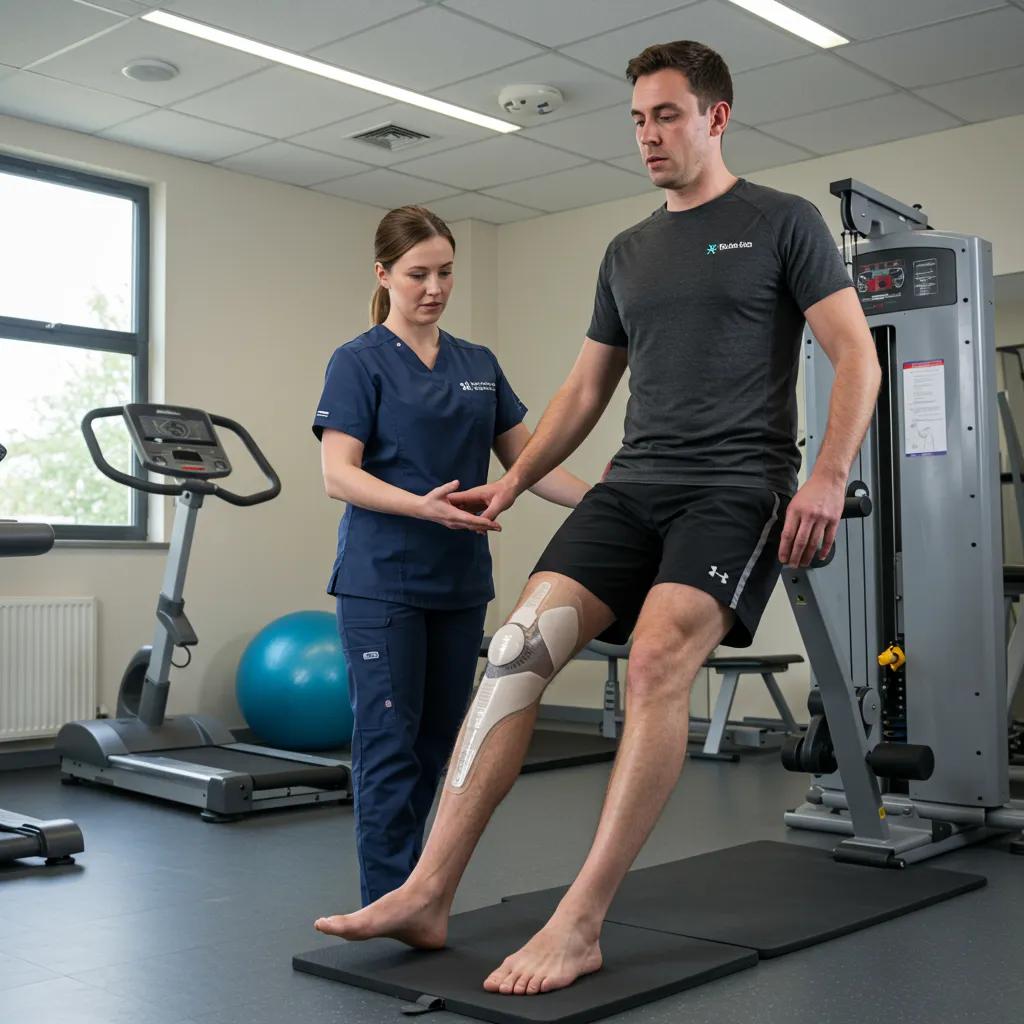
A personalized rehabilitation program incorporates physical therapy, home exercise routines, and training with assistive devices as needed. Therapists focus on improving strength, restoring range of motion, and retraining gait patterns. Regular progress assessments help to adjust treatment protocols and promptly address any challenges that may arise, ensuring the regenerative process is supported effectively.
The Promise of Regenerative Medicine: Healing Without Surgery
Regenerative medicine, encompassing therapies like PRP and stem cell treatments, represents a paradigm shift in orthopaedic care. Instead of merely managing symptoms or replacing damaged joints, these therapies aim to restore the body’s natural healing capabilities. Research continues to demonstrate their potential in reducing pain, improving function, and promoting tissue repair in various musculoskeletal conditions, offering a less invasive alternative for many patients.
While individual outcomes can vary, the growing body of evidence supports the role of regenerative therapies in modern orthopaedics, particularly for those seeking to avoid surgery or who have not found relief with conventional treatments. Continued advancements in this field promise even more refined and effective solutions for joint degeneration and injury.
What Long-Term Lifestyle Adjustments Are Expected After Regenerative Therapy?
Successful regenerative therapy empowers patients to return to an active lifestyle, often with improved function and reduced pain. Maintaining a healthy weight, continuing muscle conditioning, and employing joint protection strategies are essential for maximizing and preserving the benefits of the therapy. Regular follow-up appointments are crucial for monitoring progress and overall musculoskeletal health.
What Are the Financial Considerations for Regenerative Therapies in Houston, Tx?
Understanding the costs and available payment options for regenerative therapies allows patients to plan effectively and avoid unforeseen expenses. Transparent financial guidance supports informed decision-making throughout the process.
How Much Do Regenerative Therapies Typically Cost?
The cost for regenerative therapies like PRP, Stem Cell, or PEMF in Houston, Tx can vary depending on the specific therapy, the number of treatments required, and the complexity of the condition. Costs typically encompass consultation fees, procedure charges, and any necessary follow-up care. (newchoicehealth.com)
What Insurance Plans and Financing Options Are Available?
While insurance coverage for regenerative therapies can vary, many clinics accept major commercial insurance providers for initial consultations and diagnostic services. For the therapies themselves, patients may explore flexible financing options, healthcare credit lines, or payment plans to manage costs, as these treatments are often considered elective and may not be fully covered by all insurance plans.
How Can Patients Schedule a Consultation at a Houston, Tx Orthopaedic Clinic?
Patients can begin by contacting the clinic’s scheduling department to arrange an initial evaluation with an orthopaedic specialist. During this appointment, imaging studies will be reviewed, treatment alternatives will be discussed, and a personalized care plan will be developed to align with your health objectives and financial circumstances.
How Does Advanced Technology Enhance Regenerative Therapy Outcomes in Houston, Tx?
Innovations in diagnostic imaging, precise delivery methods, and advanced cellular processing are driving improvements in the efficacy, safety, and long-term outcomes of regenerative therapies.
What Are the Advantages of Precision-Guided Regenerative Injections?
Advanced imaging techniques like ultrasound and fluoroscopy enable specialists to precisely guide injections of PRP or stem cells directly to the damaged tissue. This accuracy minimizes off-target effects, maximizes the concentration of healing factors where they are needed most, and significantly improves the potential for successful tissue regeneration and pain reduction.
How Do Outpatient Regenerative Procedures Facilitate Recovery?
Regenerative therapy procedures are typically performed on an outpatient basis, allowing patients to return home the same day. This approach utilizes minimally invasive techniques and coordinated post-procedure care to facilitate a comfortable and efficient recovery, often with minimal downtime compared to surgical interventions.
What Role Does Personalized Care Play in Treatment Success?
Individualized treatment plans, developed based on a patient’s specific anatomy, activity goals, and co-existing medical conditions, ensure that the choice of therapy, technique, and rehabilitation strategy are perfectly aligned with their unique needs. Engaging in shared decision-making with the care team fosters trust, encourages adherence to the treatment plan, and leads to greater patient satisfaction.
Patients in Houston, Tx experiencing debilitating joint pain can rely on specialized orthopaedic clinics to provide expert guidance, employ state-of-the-art regenerative therapies, and offer compassionate support. By understanding the causes of joint pain, exploring advanced non-surgical options like PRP, stem cell, and PEMF, and partnering with a skilled specialist, individuals can effectively promote natural healing, reduce discomfort, and return to an active and fulfilling lifestyle.
Frequently Asked Questions
What is the recovery timeline after regenerative therapy?
The recovery timeline after regenerative therapy varies depending on the specific treatment, the severity of the condition, and individual healing capabilities. Generally, patients can expect a period of reduced activity for a few days to a week, followed by a gradual return to normal activities. Significant improvements are often noticed over several weeks to months as the body’s natural healing processes take effect. Adhering to post-therapy instructions and any recommended physical therapy is crucial for optimizing outcomes.
Are there any risks associated with regenerative therapies?
Like any medical procedure, regenerative therapies carry potential risks, though they are generally considered minimal, especially since they often use the patient’s own biological material. Potential risks include temporary pain or swelling at the injection site, infection (rare), or lack of desired improvement. Patients should discuss their specific risks and benefits with their specialist to make informed decisions about their treatment options.
What lifestyle changes should I consider after regenerative therapy?
After regenerative therapy, patients are encouraged to adopt a healthy lifestyle to support the healing process and maintain joint health. This includes engaging in low-impact exercises, maintaining a healthy weight, and avoiding activities that could re-injure the treated area during the initial healing phase. Regular follow-up appointments with healthcare providers are essential for monitoring progress and making necessary adjustments to activity levels or rehabilitation plans.
How can I manage pain after regenerative therapy?
Post-therapy pain is typically mild and managed with over-the-counter pain relievers, ice, and rest. Your specialist may recommend avoiding anti-inflammatory medications (NSAIDs) for a period, as they can interfere with the healing process initiated by some regenerative treatments. Open communication with healthcare providers about pain levels is vital for adjusting pain management strategies effectively.
What should I expect during my first follow-up appointment?
During the first follow-up appointment, usually scheduled within a few weeks post-therapy, the specialist will assess the treated area for signs of healing and check for any concerns. Patients will discuss their pain levels, mobility progress, and any questions they may have. The healthcare team will also review rehabilitation progress and make necessary adjustments to the physical therapy plan to ensure optimal recovery and support the regenerative process.
Can regenerative therapy improve my quality of life?
Yes, regenerative therapy can significantly improve quality of life for individuals suffering from chronic joint pain and limited mobility. Many patients report reduced pain, enhanced function, and the ability to return to activities they enjoy post-therapy. By promoting natural healing and alleviating discomfort, regenerative treatments can lead to increased physical activity, improved mental well-being, and a more active lifestyle.
What are the long-term outcomes of regenerative therapy?
Long-term outcomes of regenerative therapy are generally positive, with many patients experiencing sustained pain relief and improved joint function. Factors influencing outcomes include the patient’s age, activity level, the severity of the initial condition, and adherence to post-therapy protocols. Regular follow-up appointments are essential for monitoring the long-term health of the treated joint and addressing any issues that may arise over time.

